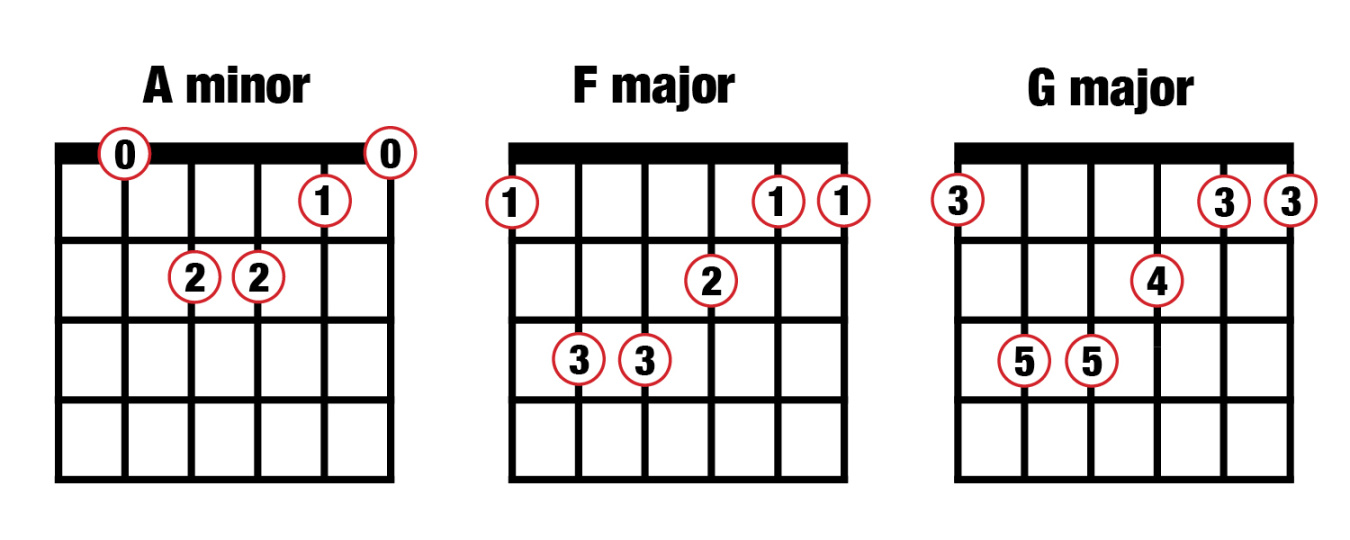—
Unlocking Acoustic Magic: Simple Chord Progressions for Your Guitar
So, you’ve got your acoustic guitar, you’re strumming away, but you’re looking for that spark, that magic that turns simple chords into beautiful songs. You’re in the right place! We’re diving into the world of chord progressions, the backbone of countless acoustic hits. Forget complicated theory for a minute; we’re keeping it casual, just like a jam session with friends.
Let’s start with the basics. What’s a chord progression anyway? Simply put, it’s a sequence of chords played one after another. Think of it like a musical sentence. Some progressions are super common, and for good reason—they sound great! They’re the building blocks for countless songs you already know and love.

The Classic I-IV-V Progression
This is the bread and butter of acoustic music. You’ll find it in everything from folk to country to pop. In the key of G, for example, the I-IV-V progression is G, C, and D. It’s simple, it’s strong, and it just works.
How to Use It: Start with G, strum it for a few bars, then move to C, and finally D. Repeat, and you’ve got a foundation for a song. Try experimenting with different strumming patterns to add your own flair.
The Melancholy I-vi-IV-V Progression
Want to add a touch of sadness or longing? This progression is your friend. In the key of C, it’s C, Am, F, and G. It’s often used in ballads and emotional songs.
How to Use It: The minor vi chord (Am in this case) adds a different flavor, a bit darker. Play around with the timing and dynamics to emphasize the emotional impact.
The Versatile I-V-vi-IV Progression
This one’s super popular in modern acoustic music. Think pop-folk and indie vibes. In the key of G, it’s G, D, Em, and C. It’s got a catchy feel and can be used in a variety of moods.
How to Use It: This progression is very adaptable. You can use it for upbeat, happy songs or slower, more reflective ones. The key is in how you play it.
The Bluesy I-IV-I-V Progression
For a more blues-infused acoustic sound, try this one. It’s simple but effective, creating a raw and soulful feel. In the key of E, it’s E, A, E, B.
How to Use It: Focus on rhythmic strumming and try adding some slides or hammer-ons to give it that bluesy edge.
Adding Your Own Twist
Don’t be afraid to experiment! These are just starting points. Try changing the order of the chords, adding passing chords, or using different inversions. You can also explore different keys to see how they change the feel of the progression.
Experiment with Strumming Patterns: Change up your strumming to find rhythms that fit the mood of your song.
The Importance of Dynamics
Dynamics—the volume and intensity of your playing—are crucial for making your chord progressions sound interesting. Don’t just strum at the same volume the whole time. Try playing softer during verses and louder during choruses. This will add depth and emotion to your music.
Vary Your Volume: Soft and loud playing can add a lot of emotion.
Building a Song Around a Progression
Once you’ve got a chord progression you like, start thinking about how to build a song around it. Think about the melody, the rhythm, and the lyrics. Even a simple progression can become a great song with the right elements.
Hum a Melody: Try humming a melody over your chord progression.
Practicing and Patience
Like anything else, mastering chord progressions takes practice. Don’t get discouraged if it doesn’t sound perfect right away. Keep playing, keep experimenting, and keep listening. The more you play, the better you’ll get.
Regular Practice is Key: Even 15 minutes a day can make a big difference.
Conclusion
Chord progressions are the heart of acoustic music. They’re the foundation upon which great songs are built. By understanding and experimenting with these simple progressions, you can unlock a world of creative possibilities. Don’t be afraid to break the rules, add your own twists, and let your personality shine through. Remember, the best songs come from the heart, so let your passion guide your playing. Keep practicing, keep listening, and keep creating. You’ll be amazed at what you can achieve with just a few simple chords.

